mus 122 indonesia
instruments
rebab
2 stringed fiddle from middle east
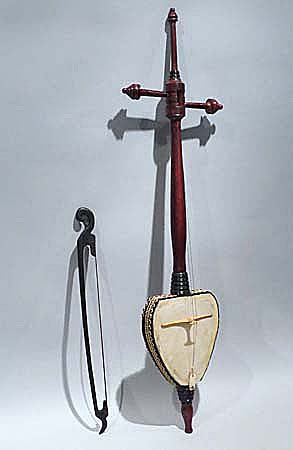
gambang
xylophone
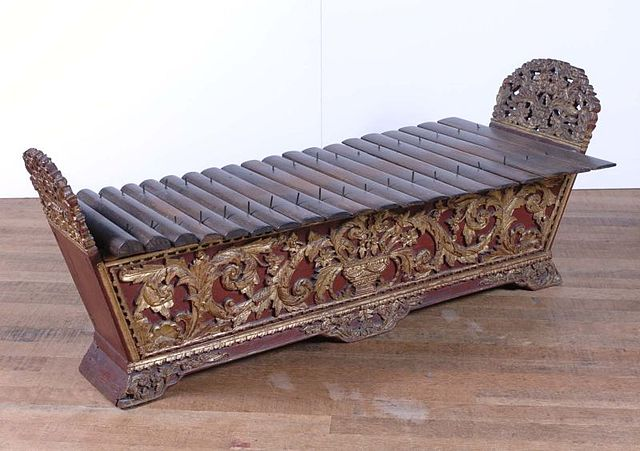
suling
notched vertical flute
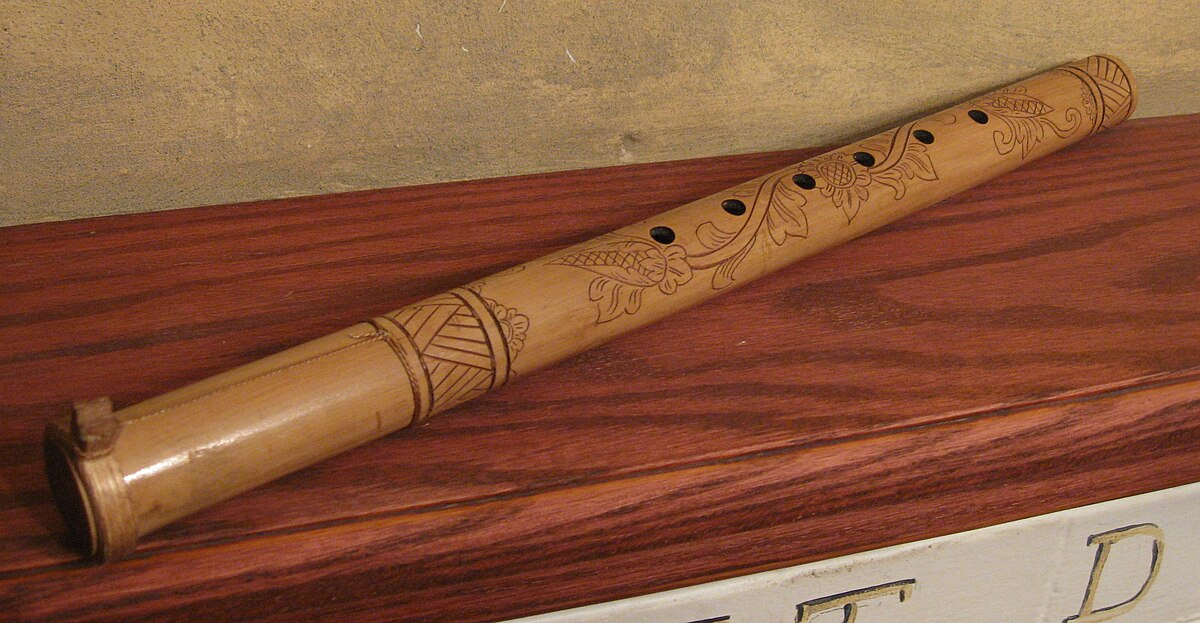
kendang
drums
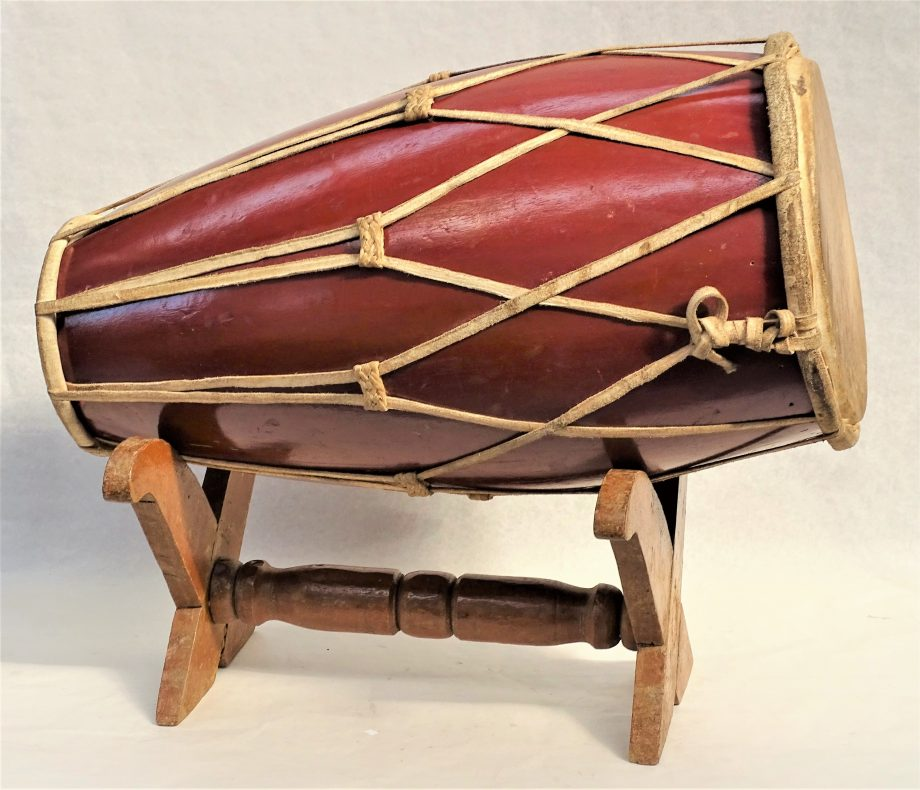
terms
gamelan
an ensemble of instruments such as those found in central Javanese courts
laras
Javanese tuning system
2 types
slendro - pentatonic
pelog - heptatonic
colotomic structure
the marking of fixed beats within the metric structure of a musical piece by particular instruments; in gamelan music, these include gong, kenong, kempul, and ketuk; how beats are organized
gongan
musical phrase punctuated by the largest of the gamelan’s gongs
bubaran
gamelan pieces based on a 16 beat colotomy, subdivided in a specific manner
hear gong every 16 beats
ex music/ bubaran: udan mas
wayang kulit
shadow play/indonesian shadow puppet theater
puppets made of thin leather so you can see the color of the leather as light shines through it
story and music accompanied by gamelan
performed over the course of the whole night
medium for ethical and moral instruction and for discussion of contemporary events, as well as government social programs
karawitan
musical repertory and practice
dalang
puppeteer who commands through knowledge of karawitan
knows archaic languages, contemporary social dialects, and can do skilled voices
gamelan gambuh
archaic type of Balinese court opera and its accompanying orchestra
smaller than the Javanese gamelan
gamelan gong gede
older Balinese court music, used for court and temple rituals, similar in sound and style to the Javanese Gamelan
Trompong: important lead instrument
gamelan semar pegunligan
Large, Balinese court orchestra that plays instrumental versions of gamelan gambuh melodies
gender
metallophone instrument with thin keys over cords
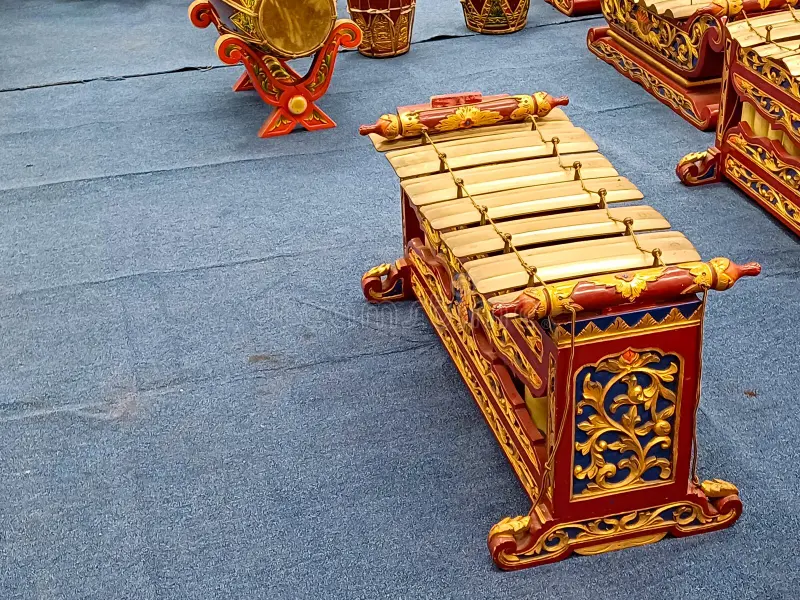
gender wayang
4 piece ensemble of genders that typically accompanies the Balinese shadow play
gamalan gong kebyar
modern music
most vibrant of new styles
result of reshaping of the gamelan gong gede
modern type of Balinese music and the dance it accompanies
more abrupt in style with dynamic contrasts and jerky syncopations
kotekan
style of playing fast interlocking parts in most varieties of Balinese Gamelan music, including Gamelan gong kenyar, angklung, etc
trompong
10 horizontal gongs
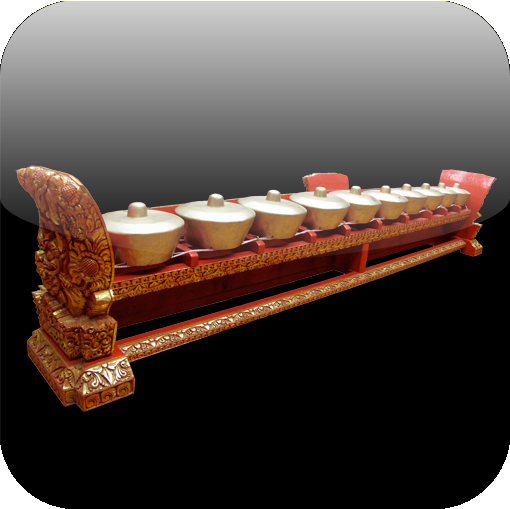
gamelan angklung
almost went extinct; was revived because it was performed in front of German tourists who liked it; the ensemble was revived
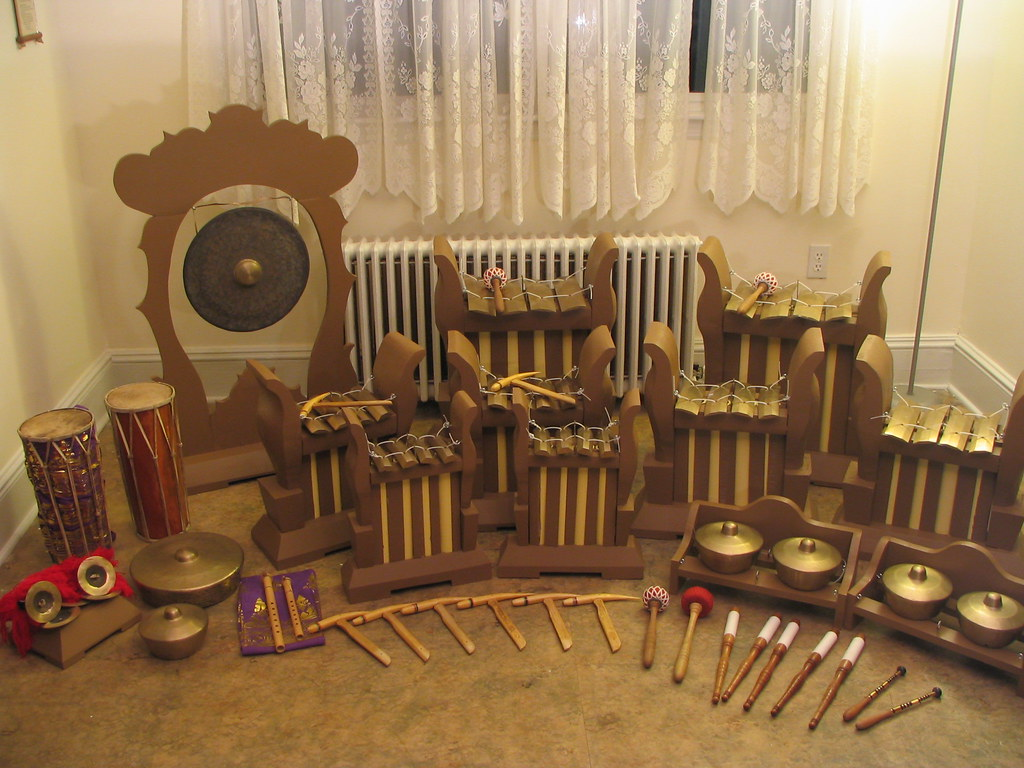
kecak
gets name from staccato monosyllables shouted by large chorus of men in rhythmic patterns
gamellan acapella to imitate sound of small gamellan while dancers act out the story
a few other men use their voices to imitate the sound of a small gamelan while dancers act out the story
no tourist feels unsatisfied
barong
a trance dance ritual adopted for performances for tourists (changed so many times, we don’t know what it was originally, changed for tourists)
Dramatic presentation accompanied by gamelan gong or keybar, represents struggle between good (lion) and evil
During performances, participants may fall in a trance; the spirits that reside in the masks may possess the weather
gambus
kind of popular music in Java
genre named for an Arabic instrument (plucked lute) signifying connection with homeland of Islam
now played by the oud
music ex/ gambus: cari hiburan
dangdut
kind of popular music in Java
mix of western rock and indian film song
lyrics deal with leading a better, more productive, and upright Islamic life although secular love lyrics are increasingly popular
music ex/ dangdut: quran dan koran
repetitive like western music, influence of Indian filmigit
kroncong
kind of popular music in Java
long history - euro colonialism
named for association with urban violence and glamorous tough guys called buaya krongcong (like malay pirates)
mixed communities retaining many Portuguese cultural aspects (Christianity and folk music)
created music that came to be known as kroncong
jaipongan
kind of popular music in Java
derived from type of native professional folk entertainment of Sunda (west java) and does not betray foreign creations or influences
also named for syllables representing drum sounds
flashy drumming
social dance music
becoming a national stage dance
be able to explain
power of instruments and instrument makers
blacksmiths - powerful with technical and spiritual expertise
In Java, the smith in charge of forging a new gamelan/instrument used to prepare himself by fasting and other acts of purification so that he could become fit for possession by the spirit Panji (a culture hero who figures in many traditional Javanese stories)
If the forging was successful, the instruments too would become the abode of a spirit
proper to remove shoes when entering gamelan and never step over instrument because spirits live in them
gamelan spirits paid homage with offerings of food, flowers, and incense
difference between court music of bali and java
Balinese gamelan is faster and more dynamic (vigorous, strong percussion), while Javanese gamelan is slower and gentle (calm, serene)